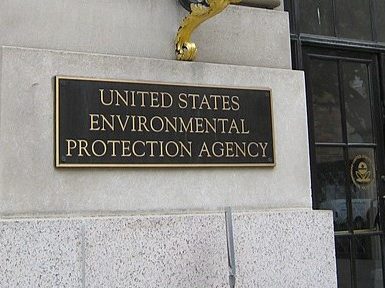Earlier this year, President Trump and his team of economic advisers put together a budget outline for 2020 consisting of $11 billion in gross budget authority for the U.S. General Services Administration. The proposal focused in part on our country’s cyber and physical infrastructure safety needs, with a portion of the latter being dedicated to the San Luis Port of Entry in southwest Arizona.
Nearly $250 million has been proposed to help modernize and expand the border town’s port of entry. From renovating the port’s processing areas to expanding on its size to let in more trucks and foot traffic, modernization could be a real boost to the state as a whole.
Following the budget proposal’s reveal, San Luis mayor Gerardo Sanchez penned a letter to Arizona’s U.S. senators, Kyrsten Sinema (D) and Martha McSally (R), urging both to work with their colleagues in Congress to make sure the money is approved this year.
Now, chairman of Yuma County’s board of supervisors, Marco A. Reyes, is reaching out to Arizona’s U.S. representatives and senators, hoping to gain the support the budget needs to not be left off the president’s budget like it was last year.
“We know you are aware of the lack of major renovations to the port in over 30 years despite the steady, substantial growth in vehicle and pedestrian crossings, and the corresponding detrimental impact on local economies and to that of the State of Arizona,” writes Reyes in the letter. “In addition to hindering trade growth, the City of San Luis estimates that approximately 70 percent of the city’s sales tax revenue is generated directly from Mexican visitors.”
Last November, the San Luis Port of Entry opened up a new processing annex, equipped with 165 cameras that use facial recognition technology as pedestrians approach processing booths. The main goal for adding those cameras is to boost security and crack down on criminals looking to enter the state. It also added two new processing booths, helping to lower life-cycle costs by including automated lights, low-use water fixtures to cut down on water waste, and landscaping native to the desert instead of having to take care of trees and grass.
The port of entry sees more than three million vehicles and 2.5 million pedestrians cross through it annually, and acts as the main border crossing for farm workers commuting to work in Yuma County. But with the allocation of manpower at the border away from processing responsibilities, border backup has become an even bigger issue.
“The current congestion at the port also strains the local infrastructure and resources,” Reyes wrote. “Our State is strategically located to compete and benefit from trade opportunities with the emerging Mexican economy. However, the state and the local jurisdictions near the ports bear much of the costs associated with border activity. Both are greatly impacted by the inadequacy and inefficiency of our region’s congested federal port facilities.”
Photo courtesy of U.S. Customs and Border Protection
















Add comment